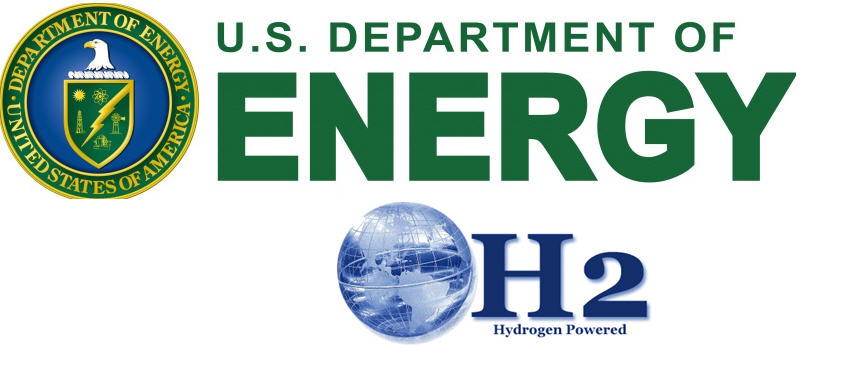
Funded through the DOE’s Office of Energy Efficiency and Renewable Energy (EERE), with contribution from DOE’s Office of Nuclear Energy, the selected projects will advance hydrogen storage and infrastructure technologies and identify innovative concepts for hydrogen production and utilization including grid resiliency.
“The H2@Scale concept is a critical piece of the country’s comprehensive energy strategy and an enabler of multiple industries in our economy,” said U.S. Secretary of Energy Rick Perry. “As an energy carrier, hydrogen has the potential to unite our nation’s domestic energy resources. These selections support DOE’s mission and advances our commitment to enable economic growth and energy security through the development of more affordable hydrogen technologies.”
The United States produces over 10 million tonnes of hydrogen, nearly one-seventh of the global supply, primarily for oil refining and fertilizer production. Hydrogen infrastructure includes over 1,600 miles of hydrogen pipeline, a growing network of stations, and thousands of tons of storage in underground caverns. Increasing the production, transport, storage, and utilization of hydrogen from today’s baseline can represent an opportunity across various sectors in the economy. For example, producing hydrogen when generation exceeds load on the grid can reduce curtailment of renewables and optimize existing baseload assets, such as nuclear. The hydrogen can be stored, distributed, and/or used as a fuel for transportation, stationary power, process or building heat, and industrial and manufacturing sectors (such as steel manufacturing), creating an additional revenue stream and increased economic value. One of the challenges is to make technologies to produce, deliver, store, and utilize hydrogen affordably enough to become mainstream. The selections announced today will help address this challenge.